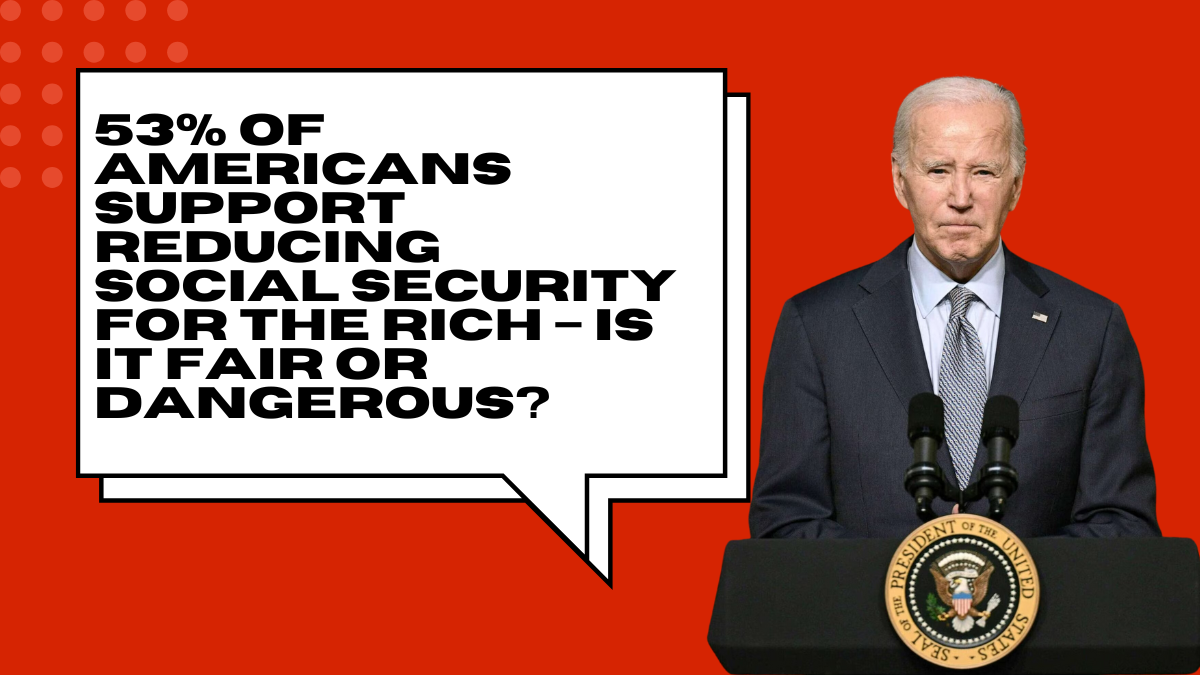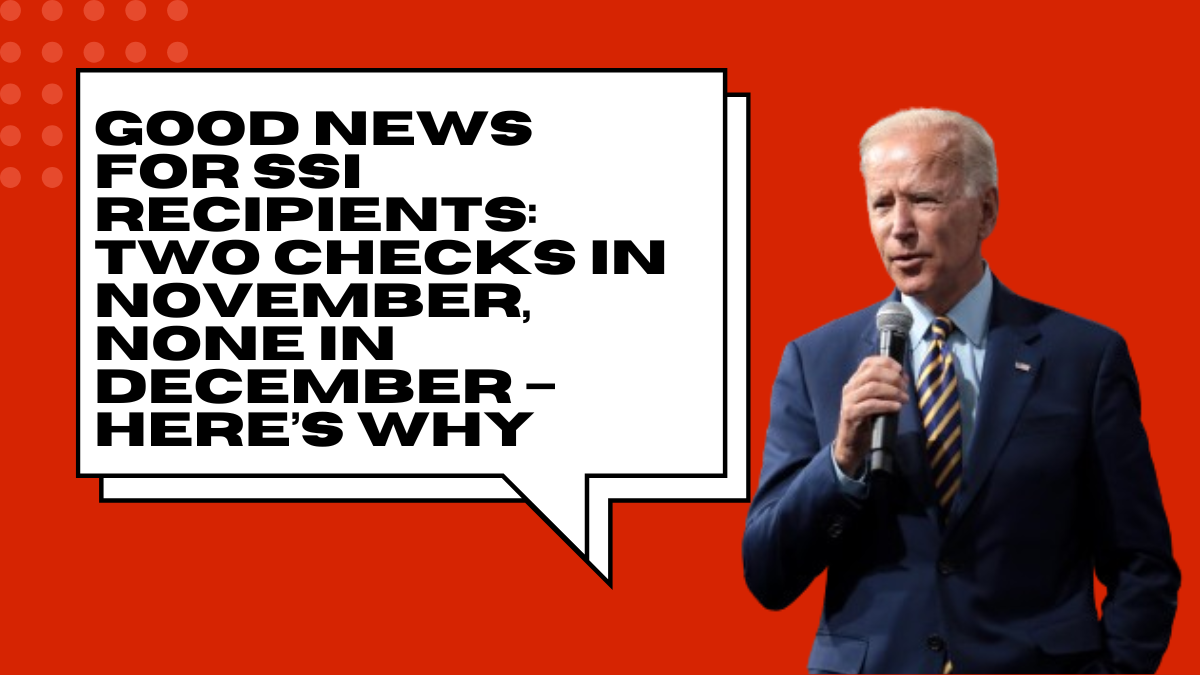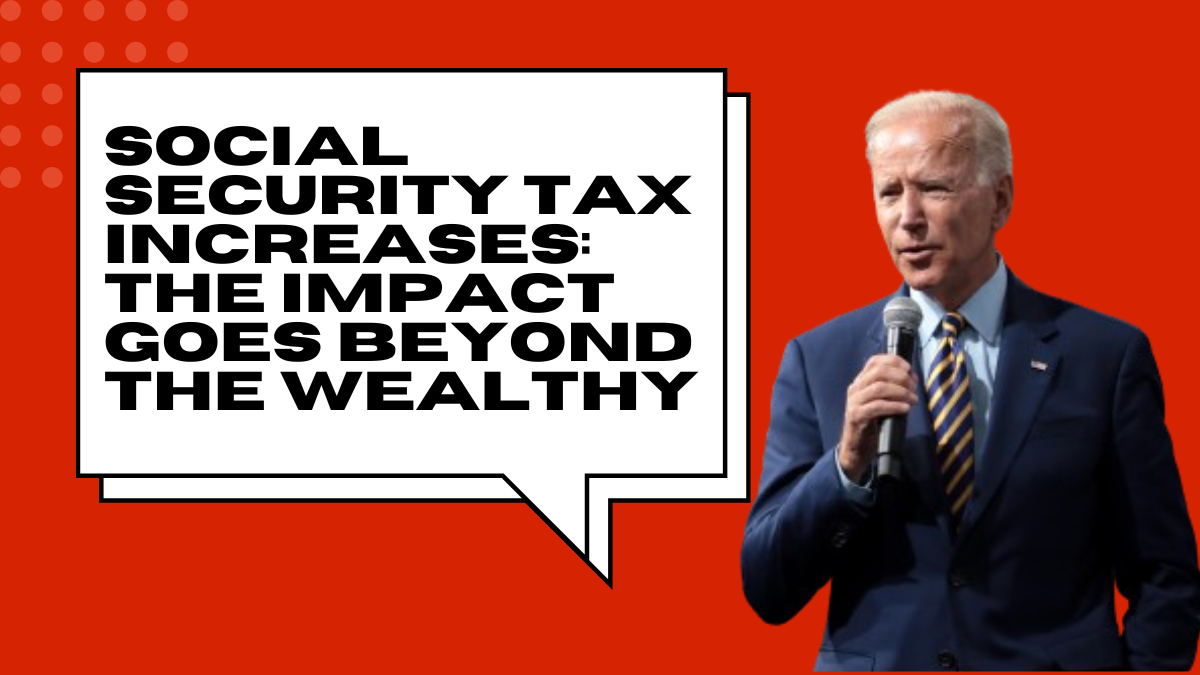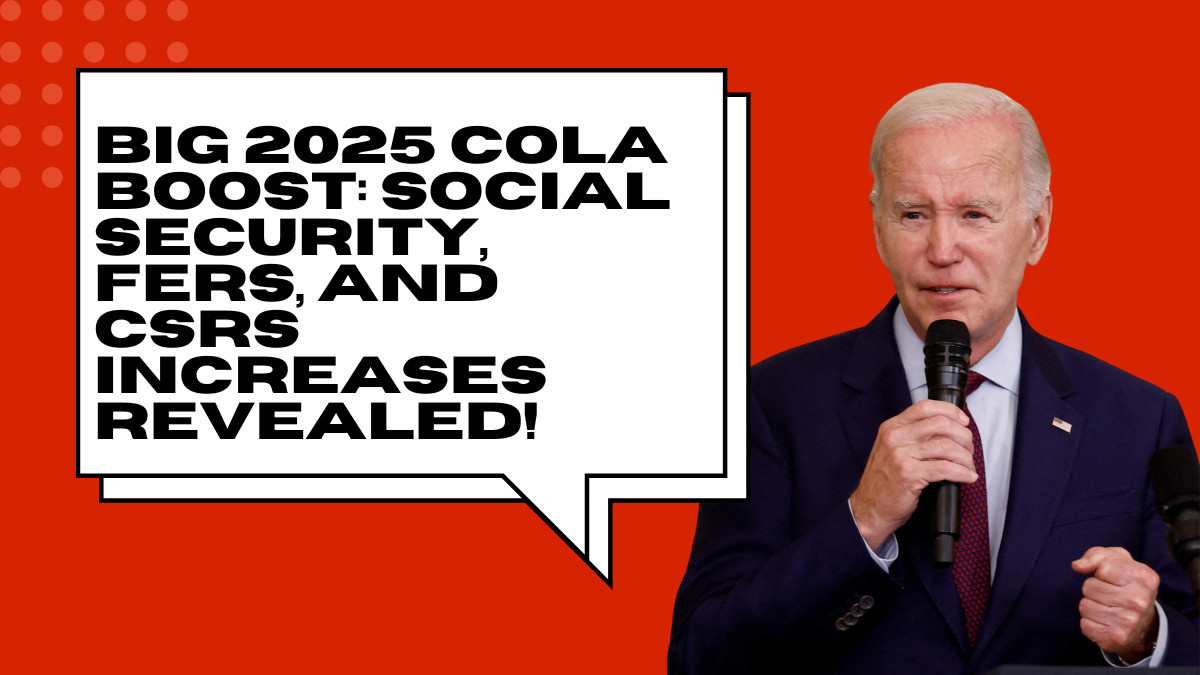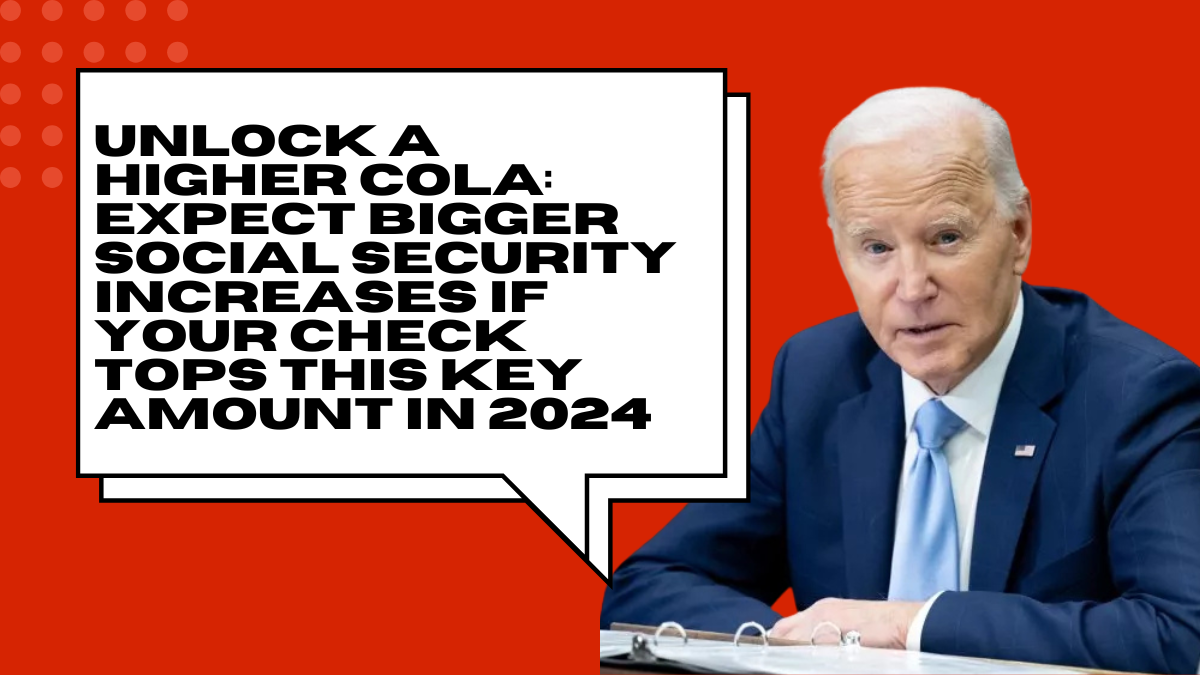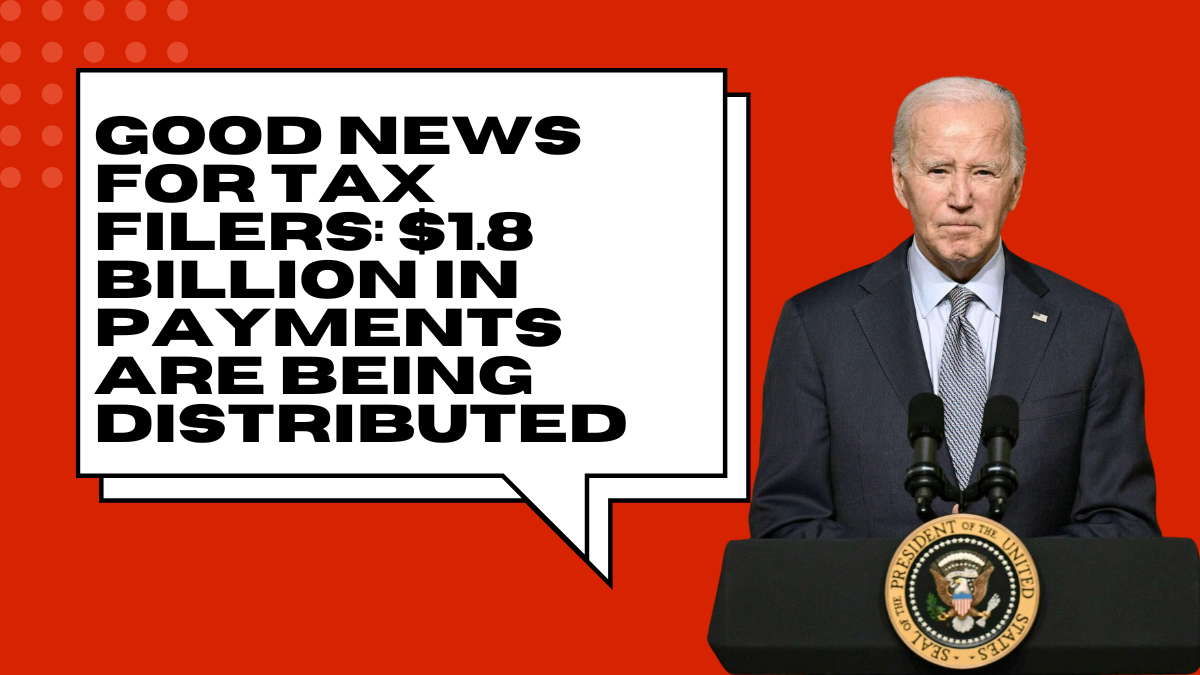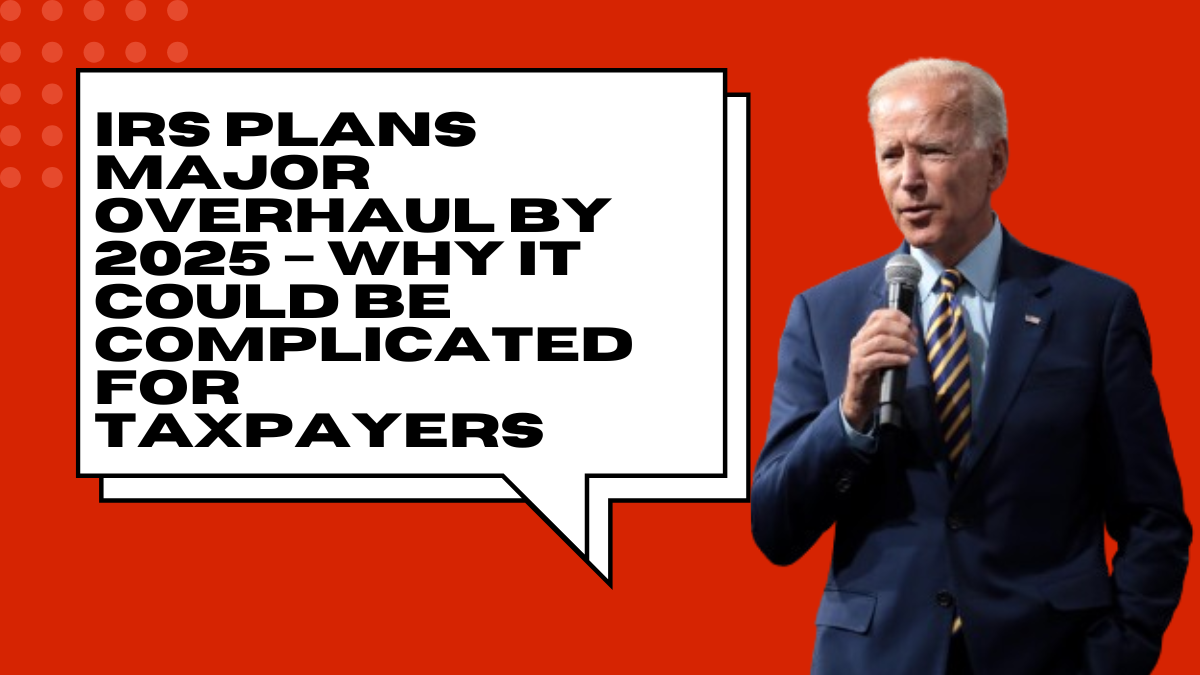The Internal Revenue Service (IRS) is making great progress toward clearing a vast backlog of Employee Retention Credit (ERC) claims. The IRS declared in October 2024 that about 400,000 claims, believed to be worth $10 billion, are being accelerated.
With this approach, claims linked to the pandemic-era ERC—a credit meant to help companies keep workers during disruptions caused by COVID-19—will be resolved.
What Is the Employee Retention Credit?
A component of the more extensive relief measures undertaken by the US government during the pandemic was the Employee Retention Credit (ERC). Through the scheme, companies can get refundable credits to continue to pay their staff.
The ERC was first established in 2020 and offers financial assistance to SME’s to help them deal with the economic difficulties brought on by the pandemic.
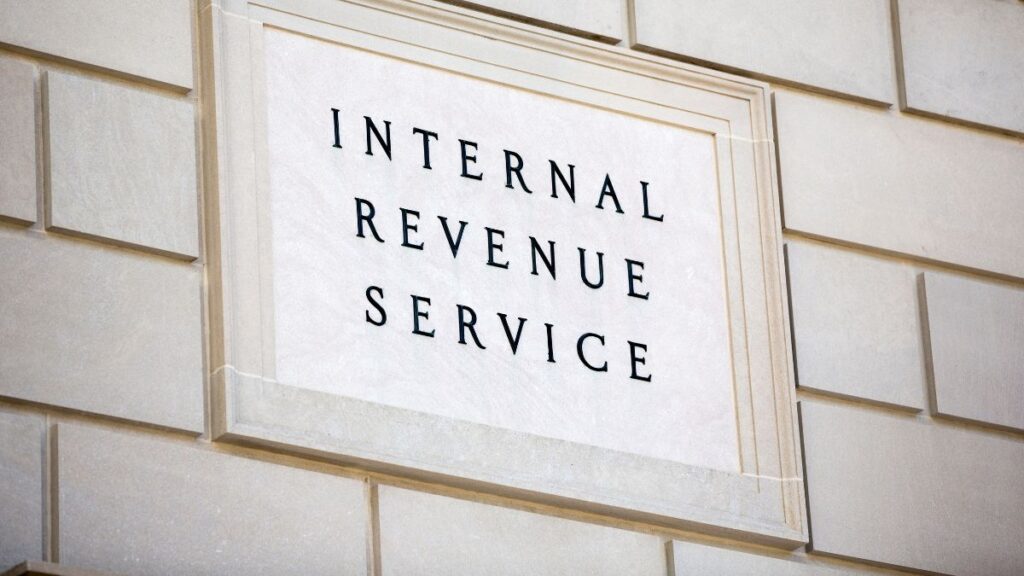
A sizable portion of the pay paid to employees during the epidemic may be claimed by qualified businesses, helping them to stabilize their operations without having to fire employees.
But when the pandemic passed, a lot of businesses continued to file ERC claims, which led to an increase in false and inaccurate filings. As a result, IRS intervens by conducting audits and verification processes.
Fast-Tracking 400,000 Claims
As of October 2024, the IRS is processing 400,000 claims; some of them are valid, while others have been highlighted for additional investigation because of inconsistencies or possible fraud. These claims are worth about $10 billion in total. Aggressive marketing by third-party marketers, some of whom pushed companies to apply for the ERC before fully comprehending the qualifying requirements, contributed to this spike in claims.
The IRS has taken a two-fold approach:
- Processing Eligible Claims: The IRS has considerably expanded its resources to distinguish between legitimate and fraudulent claims. Checks are being sent out, and refunds are being processed for companies with valid claims.
- Examining Fraudulent Claims: The organization is stepping up audits and taking legal action against anyone who submitted false claims, both civilly and criminally. The IRS is making a lot of effort to filter out incorrect submissions, which comprise a sizable percentage of claims being processed.
Key Updates from the IRS
The Internal Revenue Service has implemented a number of initiatives in order to expedite the processing of Employee Retention Credit claims:
Consolidated Claim Process: A new strategy was implemented to assist third-party payers and their clients in resolving inaccurate claims. Through this method, third-party payers—who frequently manage tax and payroll responsibilities for numerous customers—can retain valid claims while withdrawing ones for clients later determined to be ineligible.
Voluntary Disclosure Program: The IRS has reopened the ERC Voluntary Disclosure Program, which permits companies to correct inaccurate statements without incurring fines. Under this scheme, which runs until November 22, 2024, businesses that voluntarily amend their claims will receive a 15% reduction on wrongful payments.
What is the reason for the urgency?
The ERC has been a lifeline for companies impacted by the pandemic, and the IRS understands how critical it is to settle these claims quickly. The difficulty, though, is striking a balance between rapid processing and strict fraud prevention.
The IRS wants to prevent incorrect reimbursements from bogus claims and ensure that firms that qualify for the credit get their payments on time.
| Key Detail | Information |
|---|---|
| Claims Being Processed | 400,000 |
| Total Value of Claims | $10 billion |
| Key Focus | Expediting legitimate claims while investigating fraudulent filings |
| New Process | Consolidated claim process for third-party payers |
| Voluntary Disclosure Deadline | November 22, 2024 |
| Discount for Correcting Claims | 15% reduction on improper payments |
| IRS Commissioner Statement | Focus on processing claims swiftly while preventing fraud |
How Businesses Can Ensure They Qualify
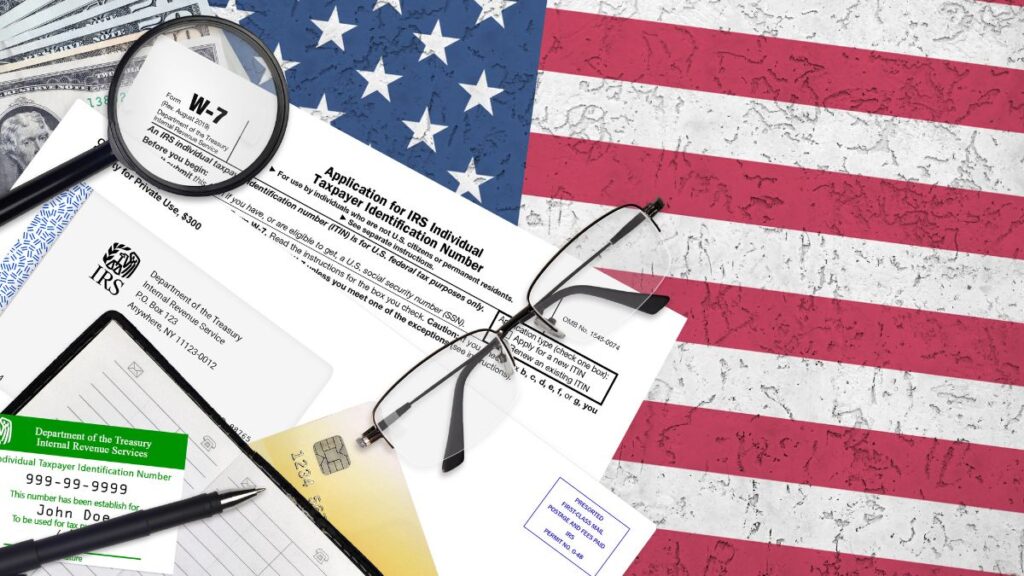
Businesses are advised to carefully assess their eligibility in light of the scrutiny surrounding ERC claims. To assist companies in determining if they qualify for the credit, the IRS has made materials available, including the ERC Eligibility Checklist.
It is also a good idea to work with a trained tax professional, mainly if there are any questions about the accuracy of prior filings.
Additionally, the IRS has urged companies to look for warning signs from outside promoters who could trick them into submitting false claims. By rebranding the ERC as a “grant” or “government stimulus payment,” many advocates have employed aggressive marketing strategies that confuse businesses.
What Happens if Your Claim Is Flagged?
If the IRS determines that your ERC claim is not qualified, it will reject it or conduct an audit. Companies can use the Voluntary Disclosure Program to make changes to their filings before the November 2024 deadline, avoiding audits and penalties. By taking a right approach, businesses can avoid future costly fines and interest.
One of the most important steps in clearing a significant backlog of tax credits from the pandemic era is the IRS’s initiative to expedite the processing of $10 billion in ERC claims.
Many firms will benefit financially from this action, but it also highlights the importance of submitting correct and valid claims.
Businesses have a chance to correct any mistakes and stay out of trouble with the Voluntary Disclosure Program reopening and new, simplified procedures. The IRS’s fast-tracking plan means that much-needed refunds are coming for individuals with valid claims.


